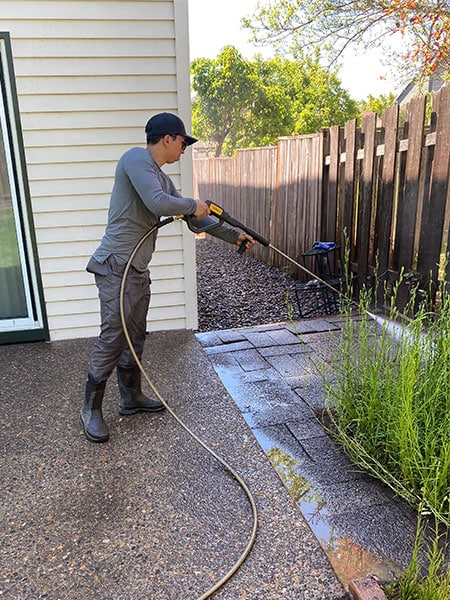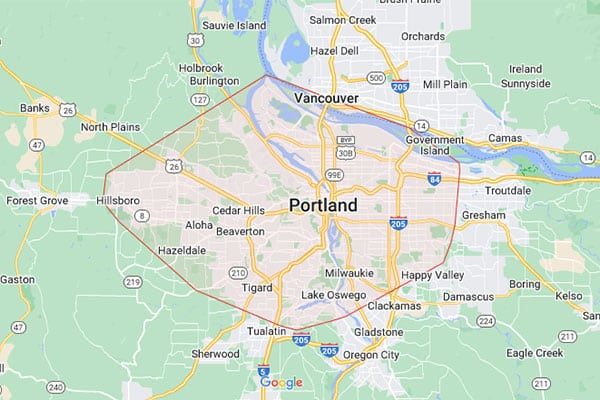Your home’s roof is one of its most crucial components, providing protection against the elements and enhancing curb appeal. Over time, however, your roof can accumulate dirt, algae, mold, and other debris that not only detract from its appearance but can also cause damage if left untreated. This is where a soft wash treatment comes in—a gentle, effective way to clean and maintain your roof. But when is the best time to schedule this treatment to ensure optimal results?
Spring: The Ideal Season
Spring is generally the best time to schedule a soft wash treatment for your roof. After a long winter, your roof may be covered in debris such as leaves, branches, and even moss or algae that have thrived in the moist conditions. Spring offers milder weather, making it easier for cleaning solutions to work effectively without being evaporated by extreme heat or washed away by heavy rains. Additionally, spring cleaning sets the stage for your home to look its best for summer gatherings and outdoor activities.
Avoiding the Summer Heat
While summer may seem like a convenient time to schedule a roof cleaning, it’s important to be cautious. The high temperatures and intense sunlight can cause cleaning solutions to dry too quickly, reducing their effectiveness and potentially causing streaks or uneven cleaning. If you do need to schedule a soft wash in the summer, aim for early morning or late afternoon when the temperatures are lower, and the sun is less intense.
Fall: Preparing for Winter
Fall is another excellent time for a soft wash treatment. As the leaves begin to fall and the weather cools down, your roof may once again become a magnet for debris. Cleaning your roof in the fall helps to remove any buildup before the winter months, reducing the risk of moisture getting trapped and causing damage during freezing temperatures. Plus, a clean roof can better handle the weight of snow and ice, preventing potential damage.
Avoiding Wet and Cold Weather
Winter and rainy seasons are generally not ideal for soft washing. Cold temperatures can cause water to freeze on the roof, making the cleaning process dangerous and less effective. Rain can also wash away cleaning agents before they have a chance to work, resulting in a less thorough cleaning. It’s best to wait for dry, moderate weather conditions to ensure the best results.
Scheduling your roof’s soft wash treatment at the right time of year is essential for maintaining its appearance and extending its lifespan. Spring and fall are typically the best times, offering mild weather conditions that allow for effective cleaning. By planning your soft wash treatment strategically, you can keep your roof looking great and functioning properly for years to come.











